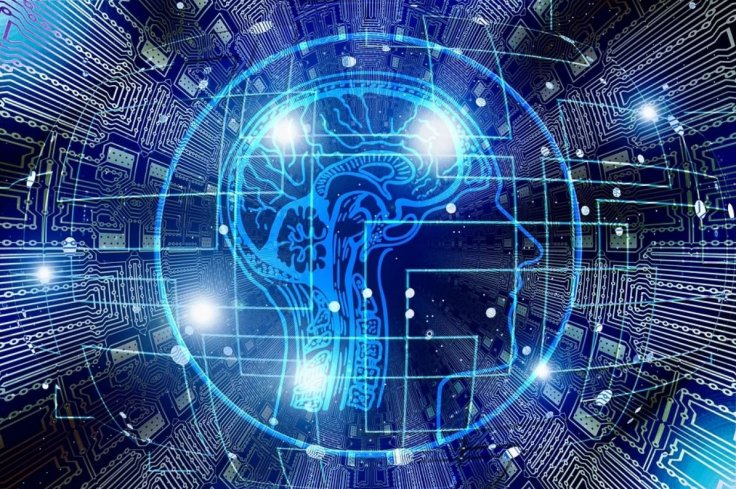The unique gift of Artificial Intelligence(AI) is its potential to join forces with other technologies and make them better. This holds good in the field of medicine as well. A study by researchers from New York University's Langone Health and School of Medicine sheds light on a new method of combining AI with advanced optical imaging, which can produce precise and real-time intraoperative(during surgery) diagnosis of brain tumours.
According to the researchers, the new AI-based image classification method was found to be more accurate in comparison to the interpretation of traditional histologic images by qualified pathologists. Also, the real-time analysis can aid surgeons in misdiagnosis the authors say.
"As surgeons, we're limited to acting on what we can see; this technology allows us to see what would otherwise be invisible, to improve speed and accuracy in the OR, and reduce the risk of misdiagnosis," said Daniel A. Orringer, senior author of the study, in a statement.
Combining imaging with AI
Stimulated Raman histology (SRH), is an imaging technique used to diagnose tumours. It can detect the invasion of tumours into human tissue by collecting scattered laser light and making vital characteristics that are generally not visible in standard histologic images.
Artificial intelligence is then used to process and analyse the microscopic images generated by SRH. Surgeons can then receive a predicted tumour diagnosis in less than two minutes and a half minutes. After resection—surgical removal of tissue—the AI imaging technology can be used to accurately detect and extract tumours that normally would go undetected.
"With this imaging technology, cancer operations are safer and more effective than ever before," said Orringer.

Teaching the AI to spot tumours
Using over 2.5 million samples from 415 patients, the scientists trained a deep convolutional neural network (CNN). The CNN was trained to classify tissues into 13 histologic categories that represented common forms of brain tumours such as meningioma, malignant glioma, metastatic tumours, and lymphoma, among others.
The next step was to evaluate or validate the CNN. The 278 patients receiving epilepsy surgery or brain tumour resection were recruited. Samples of brain tumour tissues from patients were collected and split into sister specimens during surgery. They were randomly allotted to the experimental or control arm.
Specimens collected in the control arm were sent to a laboratory for processing, slide preparation and interpretation by pathologists. The experimental arm was carried out during surgery. This was done using CNN which gathered images, processed them and provided diagnostic prediction.
Being more accurate than trained pathologists
Comparison of the results from the experimental and controlled arm revealed that the accuracy of pathologist interpretation of 93.9 percent was beaten by the AI-aided diagnosis with 94.6% accuracy.
Another interesting finding was that the errors in the experimental group were distinct from those in the control group. This presents an opportunity for a pathologist to use the AI-based method to achieve an accuracy of nearly 100 percent. In the absence of an expert neuropathologist, the method's accurate diagnostic capability can serve as a valuable aid in the detection of tumours.
Highlighting this potential, Matija Snuderl, a co-author of the study, said, "SRH will revolutionize the field of neuropathology by improving decision-making during surgery and providing expert-level assessment in the hospitals where trained neuropathologists are not available."









